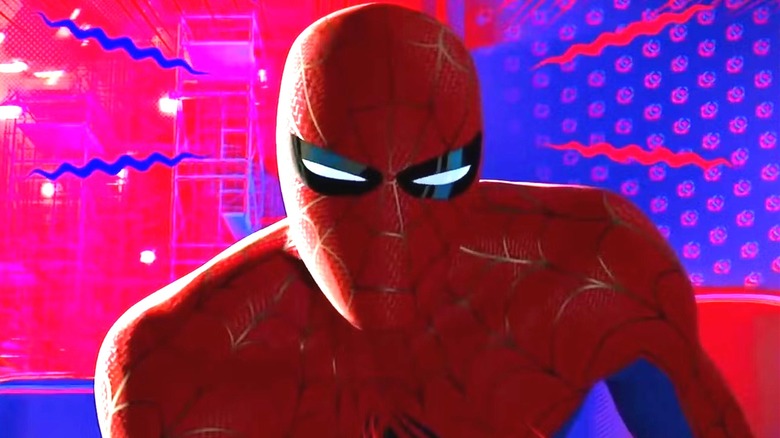How Does Spider-Man's Spider-Sense Work? A Spider Expert Explains
A spider expert has weighed in on the scientific realism of Peter Parker's famous Spider-Sense, and, surprisingly, the superpower actually has some basis in reality. Dr. Dan Dombrowski, Director of Veterinary Sciences at the North Carolina Museum of Natural Sciences, recently appeared in a video for Fandom where he breaks down the real-world accuracy of Spider-Man's powers and explains how Peter's superhuman awareness of his surroundings isn't toofar-fetched. He says it all comes down to something called trichobothria, the tiny "hair-like structures" found on a spider's exoskeleton.
"Those are so sensitive that they can detect movement, even to the level of molecules," Dombrowski says. "So a spider with these small hair-like structures [would] have the ability, potentially, to interpret their environment ... You get movement from these hairs from different directions, so anything from the movement of an animal or something that would cause any vibration either in their webs or on the ground, they can pick up."
While spiders aren't able to sense danger coming ahead of time, as Spider-Man often does, Dombrowski confirms that arachnids do have a similar sort of hyper-focus frequently used by Marvel's wall-crawler. The doctor says this ability for a spider to sense its surroundings can also be likened to the way Daredevil uses echolocation in his adventures.
Does whatever a spider can!
While a spider's ability to stay hyper-vigilant is impressive on its own, it's not the only real-world trait that Peter inherited from that fateful bite. Dombrowski goes on to explain how spiders are able to display incredible strength, lifting as much as 200 times their body weight. In Marvel Comics, Peter Parker weighs 167 pounds, meaning that, with the proportionate strength of a spider, he could conceivably lift upwards of 33,000 pounds.
Spidey's webs would be similarly impressive in real life. Despite its fragile nature, spider silk is actually five times stronger than steel, as Dombrowski explains. When those strands are scaled up to the size Spider-Man is generally seen using, they'd be mind-bogglingly strong. Each THWIP would mean a stronger-than-steel cable launching from Peter's wrist. Though his webs' strength could certainly help stop a runaway train or hold a ferry together, the doctor admits Spider-Man would likely also destroy many of the buildings he's swinging from.
Still, while Spider-Man regularly finds himself in situations that are oftentimes literally out of this world, there remains a nugget of truth beneath his amazing powers.

